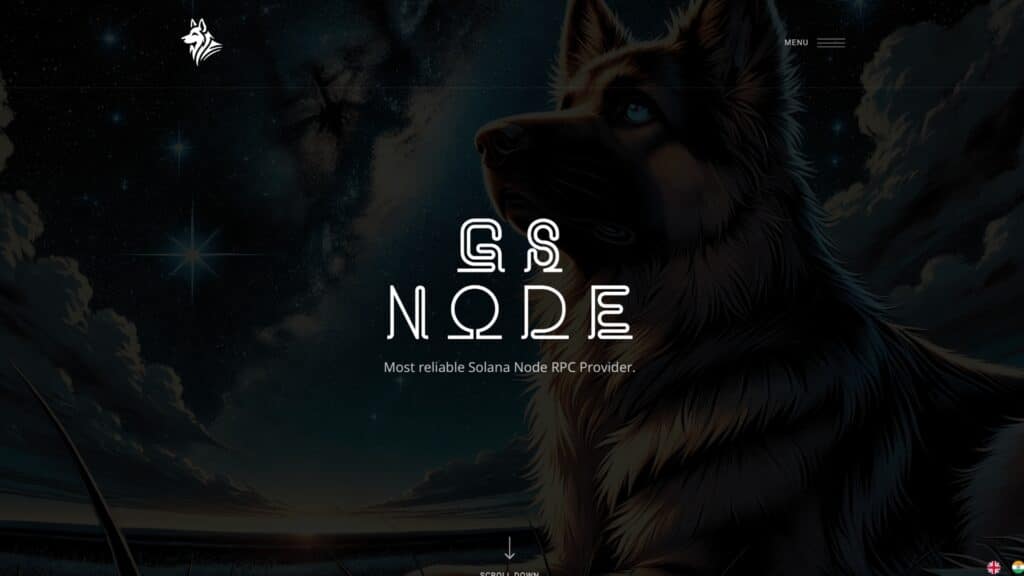Solana Public RPC is Slow
Solana RPC is Slow? Here’s why and sum alternatives
If you’ve been frustrated by slow transaction times and delayed interactions, you’re not alone. Many users experience sluggish performance on the public Solana RPC due to congestion from high demand. This shared endpoint often struggles to keep up with the workload of numerous users, leading to slower processing speeds and a diminished user experience.
Understanding the Congestion Issue
The public Solana RPC serves as a gateway for thousands of transactions every second. While it’s an essential resource for the network, its open-access nature means that during periods of heavy use, congestion is inevitable.
This congestion can lead to delays, impacting everything from simple queries to complex dApp operations. When every millisecond counts, such delays can be a significant hindrance for developers and users alike.
Now, it’s really that slow the Solana public RPC?
For low-volume operations, the public Solana RPC often performs adequately. If you’re running a personal project or handling a modest number of transactions, the shared endpoint may serve your needs without noticeable delays. However, the scenario changes dramatically in competitive, high-stakes environments.
Take, for example, the use of sniper bots in token launches. In these situations, every millisecond counts—being the first to execute a transactionA signed data packet that contains instructions to transfer … More can mean the difference between securing a valuable asset or missing out entirely. The public RPC, susceptible to congestion and slower response times, can significantly hinder such time-sensitive operations. As competitors invest in faster, more advanced RPC solutions, relying on the standard public endpoint becomes increasingly disadvantageous.
In a competitive landscape where faster RPCs give your rivals a crucial edge, it becomes clear that while the public Solana RPC may suffice for everyday, low-volume tasks, it falls short in scenarios where speed is paramount. For those critical moments, opting for a high-performance alternative, like GS Node’s free RPC—which can deliver speeds up to 10 times faster—can be the key to maintaining a competitive advantage.
Free RPC Alternatives for a Smoother Experience
Fortunately, there are free RPC alternatives designed to alleviate these performance issues without requiring additional expenses, even for those who need powerful RPCs for sniper bots. By switching to a more robust, free RPC service, you can bypass the limitations of the congested public endpoint and achieve a smoother, faster blockchain experience.
GS Node Free RPC: 10x Faster Performance
One standout solution is GS Node’s free RPC service. Engineered for high-performance applications, GS Node offers an free endpoint that is up to 10 times faster than the standard Solana public RPC.

This significant boost in performance is achieved through optimized infrastructure and less congestion, making it ideal for developers running production-level tools or dApps that demand rapid, reliable transaction processing.
With GS NodeAny server or computer running the Solana client software, p… More, you benefit from a streamlined, efficient connection that minimizes delays and maximizes throughput, allowing your applications to perform at their best even during high-demand periods.
Ankr: A Reliable Alternative
Another viable option is Ankr, which also provides a free RPC service that has been praised for its reliability and ease of integration.
While it may not match the 10x performance increase offered by GS Node, Ankr delivers a consistent and dependable connection that can effectively handle moderate workloads. It serves as a practical choice for developers seeking a cost-effective solution that offers a noticeable improvement over the overloaded public RPC without a significant learning curve or additional investment.
Conclusion
When the public Solana RPC is slow due to congestion, it can hamper the performance of even the most well-designed dApps and blockchain tools. By switching to a free, high-performance RPC alternative like GS Node or Ankr, you can significantly improve transaction speeds and overall reliability. GS Node’s free RPC service, with its claim of up to 10x faster performance, offers a compelling option for those looking to upgrade their infrastructure without incurring extra costs. Evaluate your project’s needs and consider making the switch—your users, and your code, will thank you.
Ale Watters
Engineer. CEO of GS Node. Marketing Manager at Smithii.
